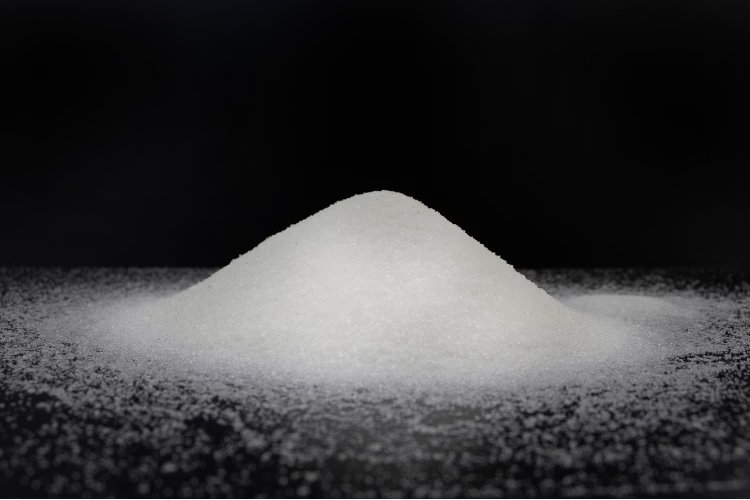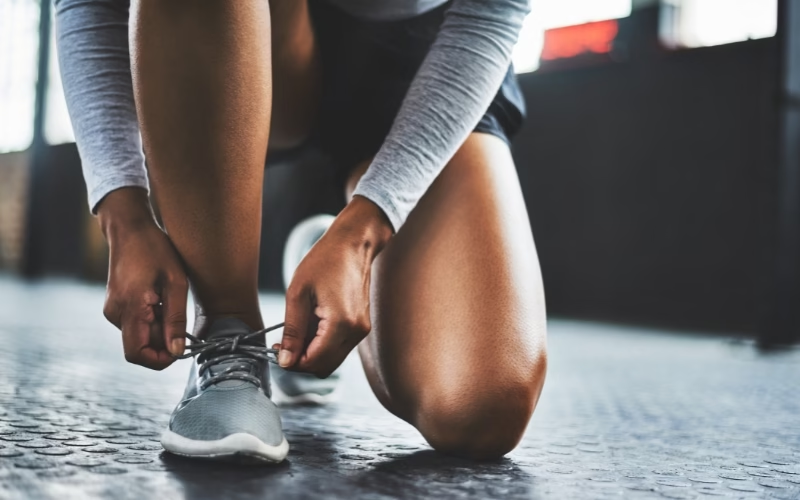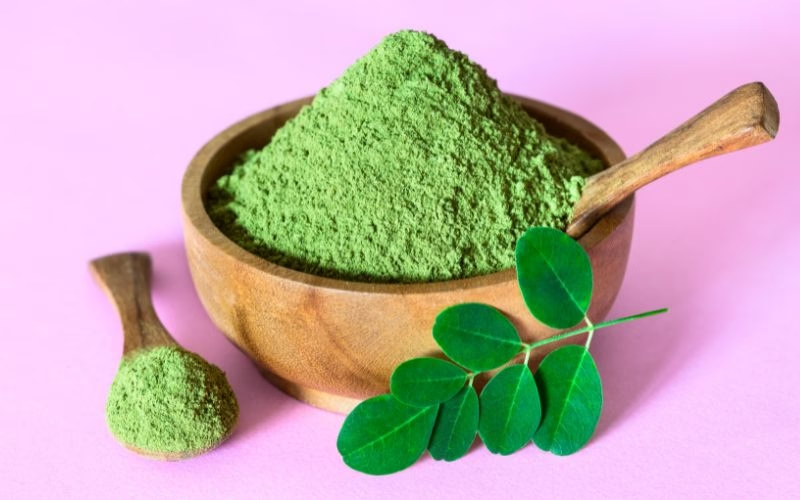We’ve all heard the phrase, “You are what you eat.”
In a world saturated with processed foods, that simple truth has a hidden, complex side: it’s not just about calories or fat, but about how these foods influence your body’s delicate internal chemistry.
In particular, the relationship between sugar, acidity, and inflammation is a crucial, often overlooked, connection.
How Sugary and Acidic Food and Drinks Drain the Body’s Healthy pH Levels

The Sugar-Inflammation Link: A Vicious Cycle
When you consume a diet high in added sugars, especially from processed foods, your body’s systems can be thrown off balance. Here’s what happens:
- Blood Sugar Spikes: Foods with a high glycemic index, like white bread, sugary cereals, and sodas, cause a rapid spike in your blood sugar. This prompts the release of insulin, and frequent spikes can lead to insulin resistance, a key driver of chronic inflammation.
- AGEs (Advanced Glycation End-products): Excess sugar in your bloodstream can bind to proteins and fats, forming harmful compounds called AGEs. These molecules are a major source of oxidative stress and directly trigger inflammatory responses throughout the body.
- Gut Dysbiosis: A diet high in sugar can disrupt the balance of your gut microbiome, promoting the growth of pro-inflammatory bacteria while starving the beneficial ones. This can lead to a condition known as “leaky gut,” where the gut lining becomes more permeable, allowing inflammatory particles to enter the bloodstream.
Essentially, a high-sugar diet acts as a constant irritant, signaling your immune system to be on high alert, even when there’s no immediate threat. This state of lower-level, undetected chronic inflammation is a major risk factor for conditions like heart disease, type 2 diabetes, and autoimmune disorders.
The pH Connection: Not as Simple as We Think
The idea of “acidic” versus “alkaline” foods and their effect on the body’s pH has become a popular topic, but it’s often misunderstood.
- Your Blood pH is Tightly Controlled: Your body has powerful systems (like the lungs and kidneys) that work tirelessly to keep your blood’s pH in a very narrow, slightly alkaline range (around 7.35-7.45). This is non-negotiable for survival. Eating an “acidic” food won’t change your blood pH.
- The Real Impact is on Metabolic Acidity: While your blood pH is stable, a diet high in acid-forming foods, such as processed sugar, grains, and meats, places a heavy burden on your body’s buffering systems. To neutralize this metabolic acidity, the body may pull alkaline minerals, such as calcium, from bones, potentially contributing to bone loss over time. This process is a subtle form of stress on your system.
- Chronic Metabolic Acidosis and Inflammation: Research suggests that a high dietary acid load can lead to a state of low-grade metabolic acidosis. This can increase systemic inflammation and has been linked to conditions like insulin resistance and kidney dysfunction.
In this way, while sugar doesn’t directly change your blood’s pH, the metabolic processes involved in breaking it down create an acidic byproduct, adding to your body’s overall stress load.
The Processed Food Problem: A Triple Whammy
It’s not just the sugar. The vast majority of sugar-added foods are also processed, creating a perfect storm for inflammation and acidity:
- High in Refined Ingredients: Processed foods are often stripped of nutrients and fiber, which are essential for gut health and fighting inflammation.
- Unhealthy Fats: They frequently contain pro-inflammatory fats like omega-6 fatty acids and trans fats.
- Chemical Additives: Additives, preservatives, and artificial sweeteners can disrupt the gut microbiome and trigger immune responses, further contributing to inflammation.
So, when you reach for that sugary snack, you’re not just consuming sugar; you’re also taking in a cocktail of ingredients that can collectively promote an inflammatory, acidic environment in your body.
What Can You Do to Avoid Inflammation-Causing Foods?
Shifting your diet to reduce the acid and inflammatory burden on your body is simpler than you think. Focus on a diet rich in alkaline-forming, anti-inflammatory whole foods:
- Fruits and Vegetables: These are rich in vitamins, minerals, antioxidants, and fiber.
- Lean Proteins and Healthy Fats: Opt for wild-caught fish, nuts, seeds, and avocados.
- Whole Grains: Choose whole grains over refined ones to stabilize blood sugar.
By choosing nutrient-dense, whole foods, you’re not only giving your body the fuel it needs to thrive but also helping it maintain a healthy, balanced internal environment.
Precise and Targeted Supplementation
Ready to take the next step in your health journey?
Whether you’re looking for products to support your anti-inflammatory diet or want to learn more about the science behind our approach, you can find the resources you need.
Check out Smartilage, a product designed to help you thrive, or learn more about our mission and the philosophy that guides us.








